Easy DIY Potting Soil
DIY potting soil mix is so simple to make and so much easier on the budget.
I start so many seeds, plant so many containers and create more plants from cuttings that buying ready-made potting soil in bags becomes very expensive.
So I make my own and I show you how easy potting soil is to make.
DIY potting soil mix is the only way to go if you start seeds, propagate with cuttings or have a ton of containers to fill with potting soil. The mix I have found that does the best is the easiest.
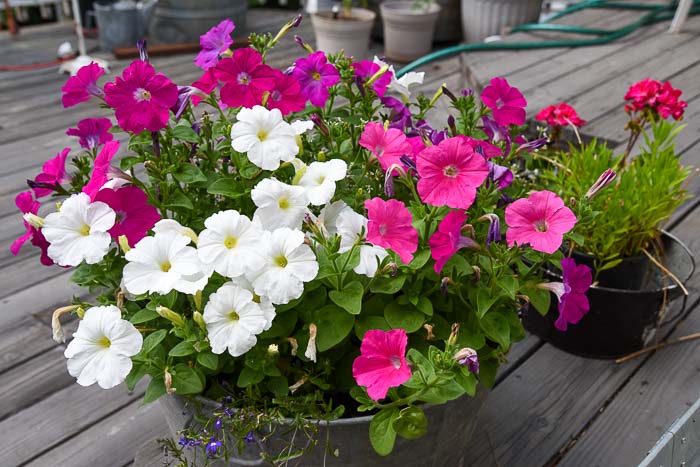
This post contains affiliate links. If you make a purchase through these links I may make a commission at no added cost to you. Thank you.
Why Homemade Potting Soil Mix
I go through a lot of potting mix and buying in bags gets expensive. This DIY potting soil mix is more budget-friendly and eliminating using all those plastic bags has got to be better for the environment.
Plus it is more convenient having the components readily at hand for many garden jobs, not just potting soil.
I get bulk composted material from either a local organic turkey farm or a local family that has horses and piles of well-aged (3 yrs) horse manure that is pure black compost.
We get about a cubic yard each year, which is comparable to about a full-size pick-up bed full.
I wish I could say I make enough compost myself each year to not have to go get some but the reality is I do not. I need about 10 times the amount I am able to create for myself. And I compost everything I can.
Note: I have recently changed my recipe for DIY potting soil
Because of the less than optimum environmental impact of using peat moss, I am choosing to use less and less in my garden. So I have changed the ingredients of my DIY potting soil.
Basic Ingredients of Soil-less Potting Mix
Organic Compost
Rice Hulls (I get mine at the feed store) or Perlite
Worm Castings (most garden centers carry Worm Castings)
Coconut Coir
Greensand: (helps with proper drainage and moisture retention, available at many garden centers)
Horticultural Sand (I add this when making potting soil for succulents)
Note: I have recently stopped using both perlite and coconut coir. I have found that using the rice hulls, worm castings, horticultural sand, and greensand works great for me.
Ratio of DIY Potting Soil Ingredients
For my most basic potting soil, I use 3 parts compost, 1 part rice hulls or perlite, 1 part Coconut Coir, and 1 part worm castings.
Sometimes I don’t use worm castings either and just be sure to use an organic liquid feed like Agrothrive. (affiliate link) What I love about it is it feeds the soil, not just the plants!
I add 4 tablespoons of green sand to 1 gallon of the mix. A little goes a long way!
The benefit of Rice Hulls
You might want to try rice hulls as a sustainable option. They not only provide good drainage but also hold moisture.
A little goes a long way, they are totally sustainable and they are relatively inexpensive. They can be used for other things as well such as poultry bedding.
One caveat of using them is they seem to have actual rice seeds in them that sprout. It isn’t a big deal to pull them out or cut them off but I thought to give you fair warning.
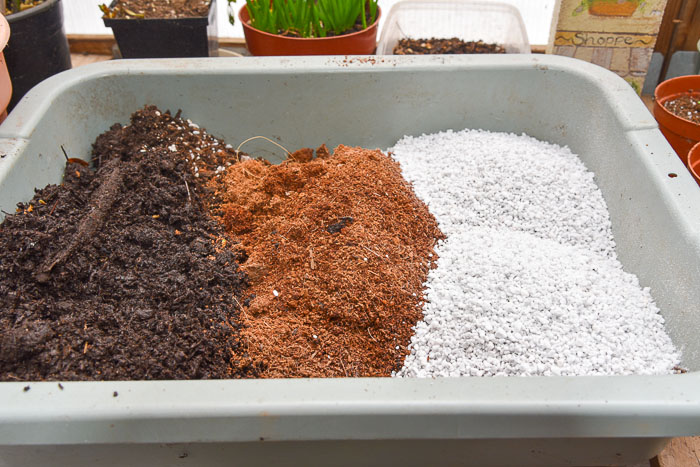
Be careful with measuring and pouring the perlite, it can create dust that is not healthy to breathe but if you are very deliberate and slow it will keep the dust down, or wear a mask. You can also dampen it a bit to help with the dust.
Many like to use horticultural sand in place of perlite but the downside of that is it creates a lot more weight and that makes larger containers heavy and hard to move around. But it can be handy in smaller containers. More on that later.
Gently stir your mix together in your container. If doing a large batch for a raised bed many like to use a wheelbarrow and shovel.
If you feel the mix is too loose then reduce the amount of perlite. Too heavy, reduce the amount of compost.
Play around with the mixture to get what works best for you. I often don’t even measure the ingredients, I just mix to what I think looks and feels right.
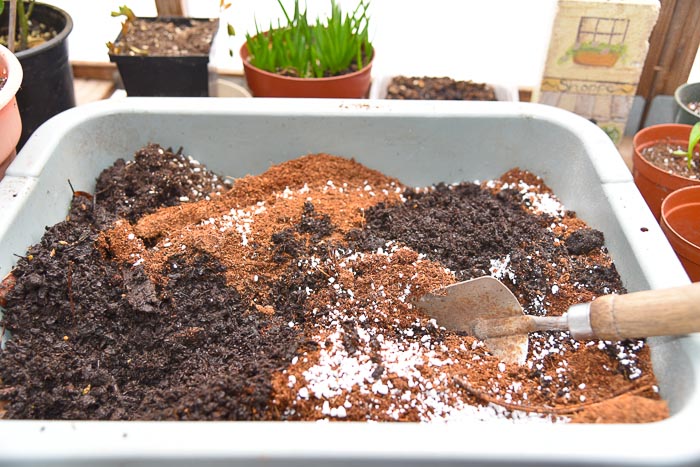
The perlite keeps the soil loose and free draining. The coconut coir brings a moisture-retentive quality. And the compost brings some nutrients and structure.
Here I am just using my trowel as I am mixing up a batch for my seedlings I am potting up. The mix is loose enough to scoop up what I need in the little pots.
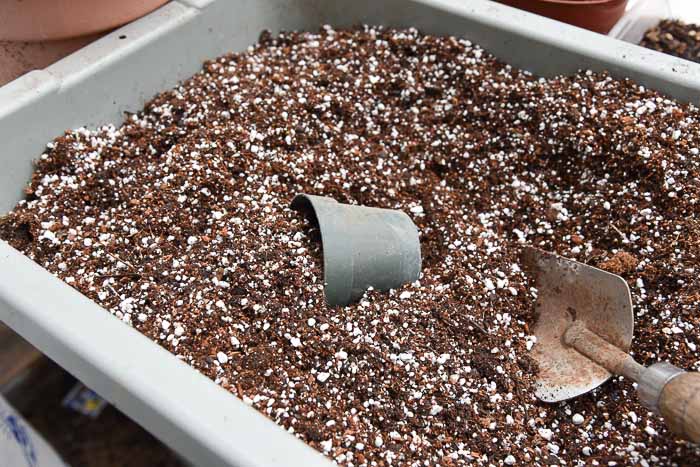
Your plants will love the mix. It is moisture retentive, loose draining, and will let them grow on to be big beautiful plants.
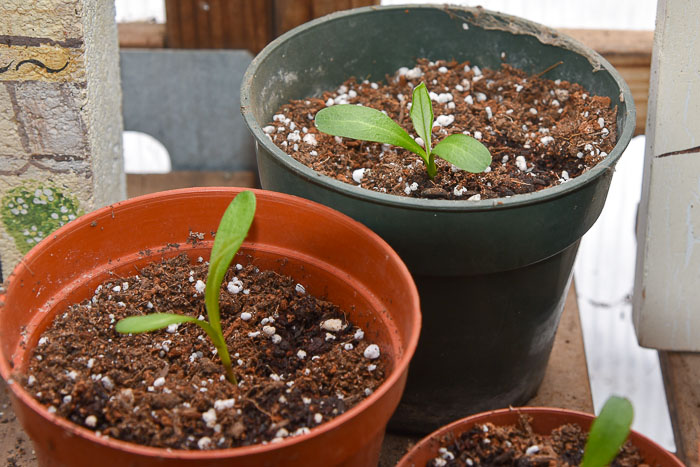
You can even use this mix in raised beds just add some of your native soil in as well.
Press the arrow to Watch the Video
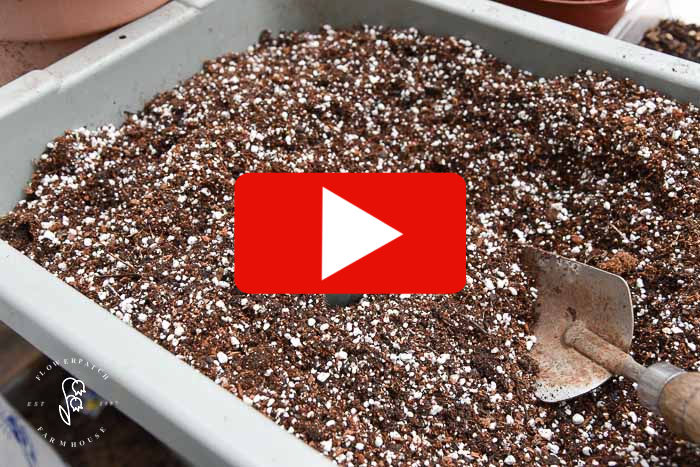
DIY Potting Soil for Houseplants
Many houseplants have different needs as far as soil. Adjust as necessary. My Christmas Cactus get so top-heavy they need either a heavy pot or a heavier-weight mix.
For Christmas Cactus or Snake Plant I add some horticultural / garden sand to the mix. I reduce or replace the perlite with sand. This adds weight while keeping good drainage.
Succulent DIY Potting Soil
Start with the basic potting soil of 2 parts compost, 1 part rice hulls or perlite, 1 part Coconut Coir, and then add 1 part Horticultural Sand.
I prefer the horticultural sand as opposed to other sands as it has the right particle size to make great succulent potting soil. It is specific to use with plants so it does not have salt residue (beach sand) and is not too fine (play sand).
easy indoors and out
Potting Succulents
Easy to grow and gorgeous inside or out. Planting and growing succulents is easy as long as you know how!
Why not Vermiculite instead of Perlite
Vermiculite is often used instead of perlite but the downside of vermiculite is it can easily compact which reduces its capacity to hold water and air.
It is also on the more expensive side. It is great to use as a top dressing on seed starting pots for moisture retention.
You can experiment for yourself but this mix will give you a baseline to work from. I am always experimenting too and I may find another mix I like better. But I will always update you to keep you apprised.
Happy Gardening!




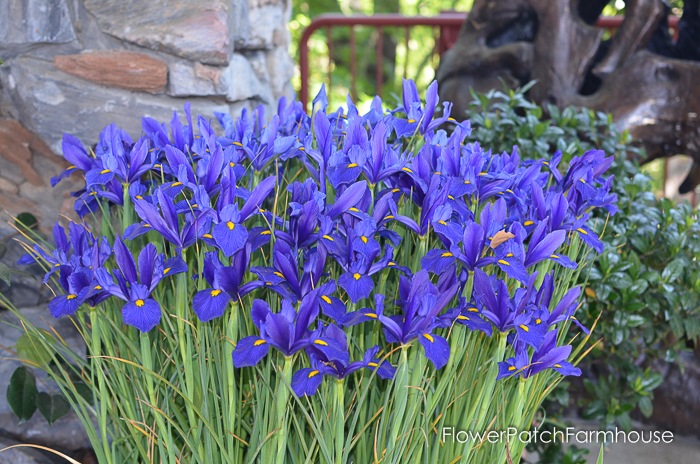
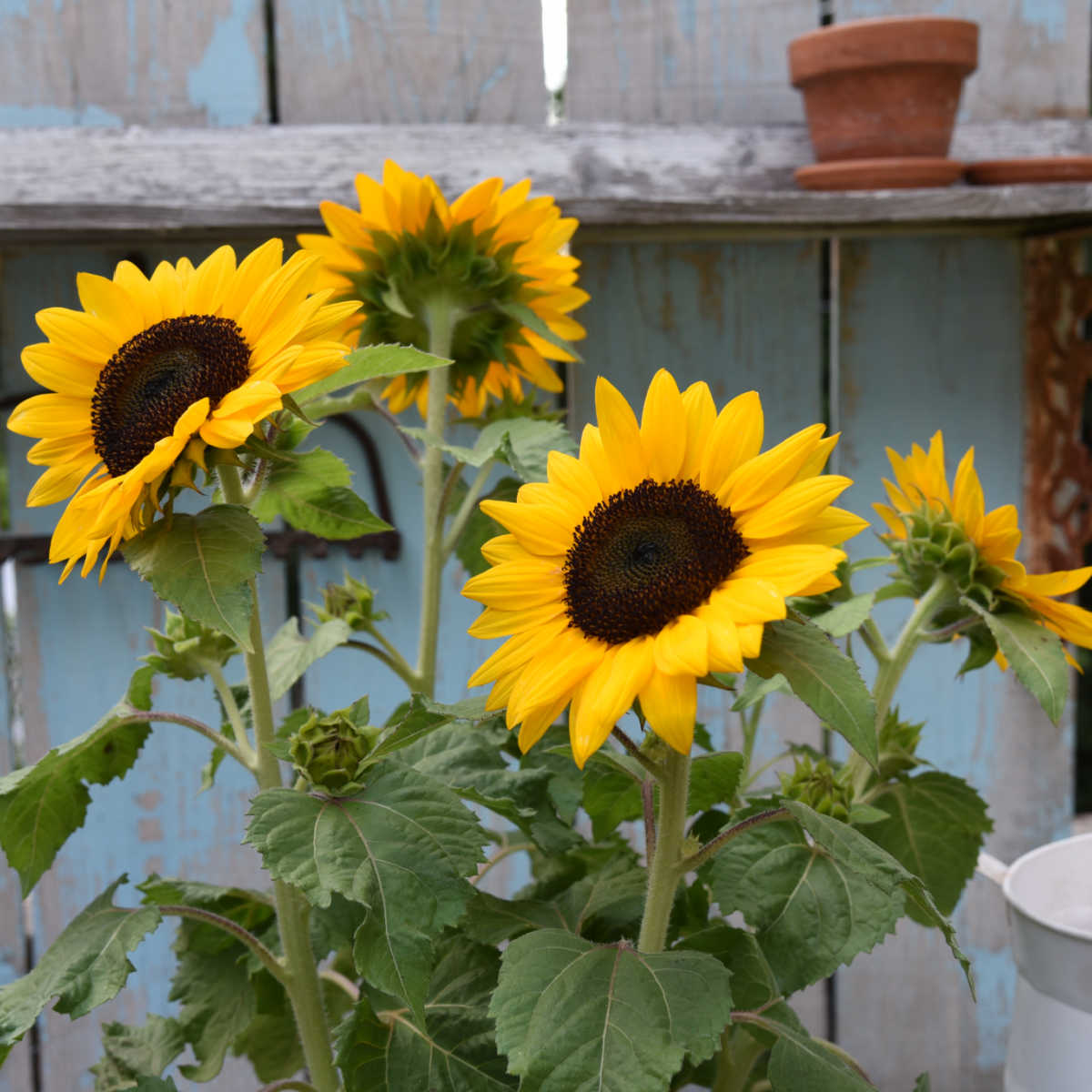
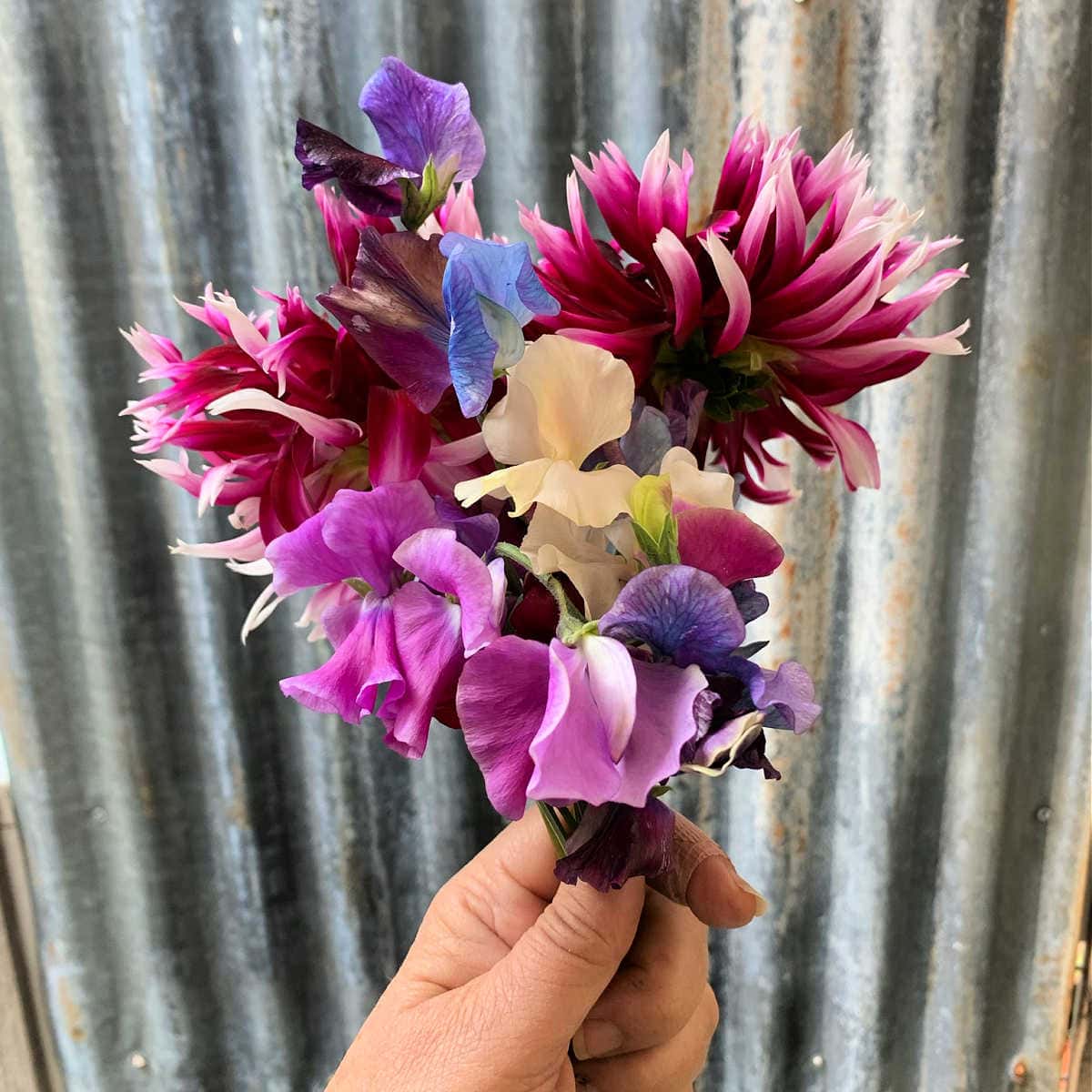
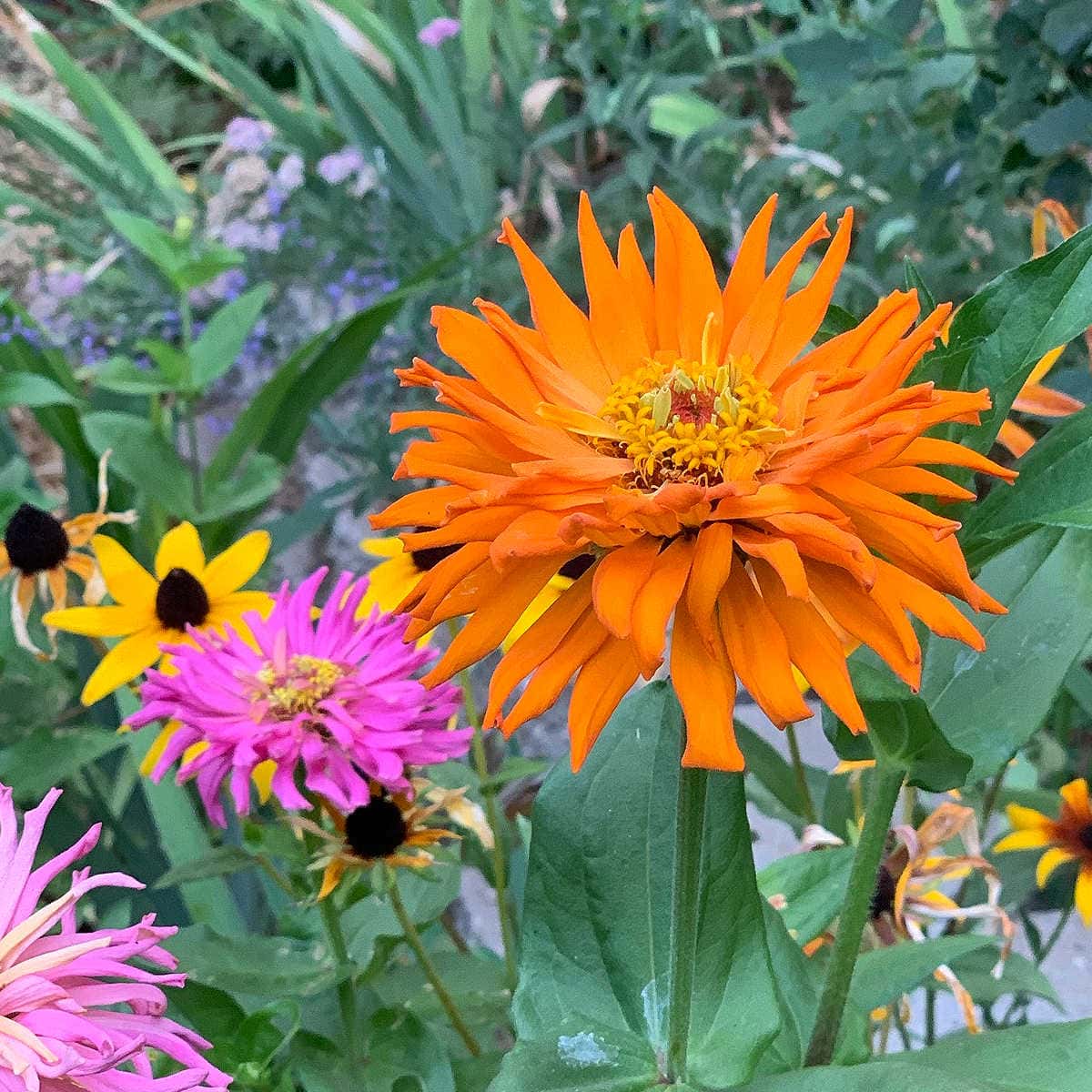
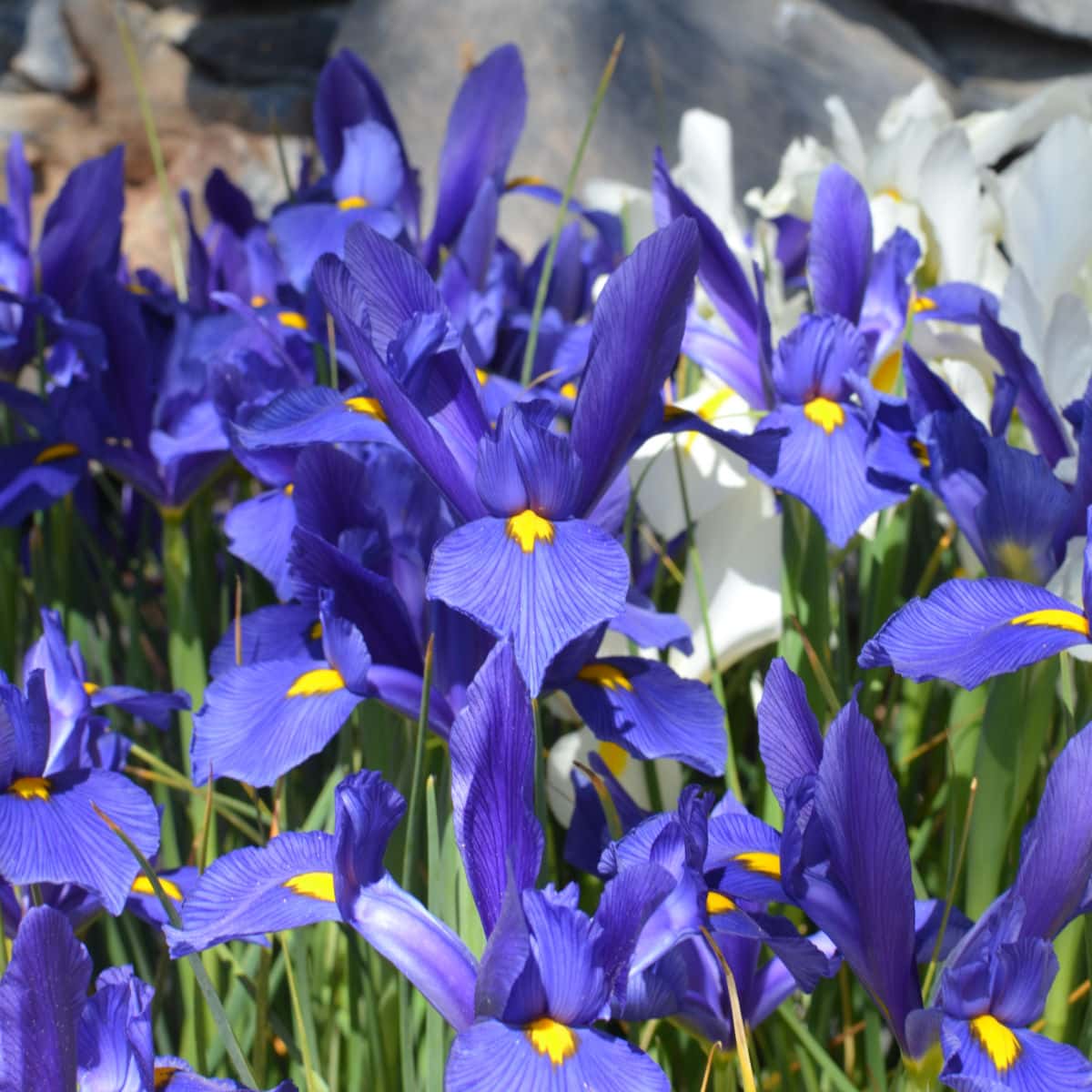
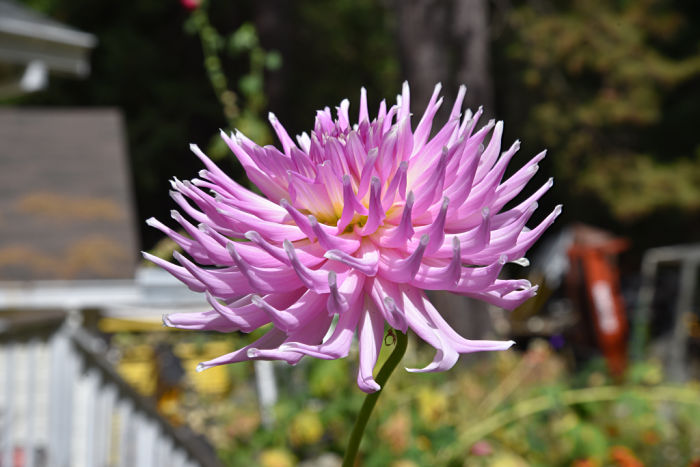
Cool, that is helpful.
Two useful resource:
If you need to calculate how much soil for potting containers:
https://soilcalculator.com/potting
If you need to calculate the amounts for a mixture:
https://soilcalculator.com/mixture
I have never used pumice so I can’t say from experience. Sorry.
Can i used pumice instead of perlite? Thanks